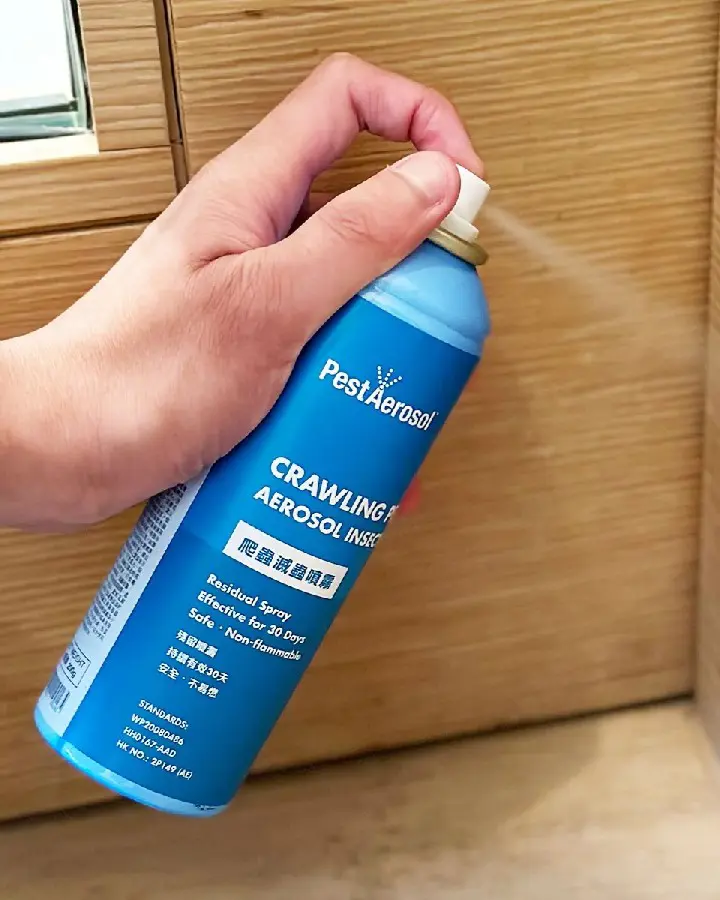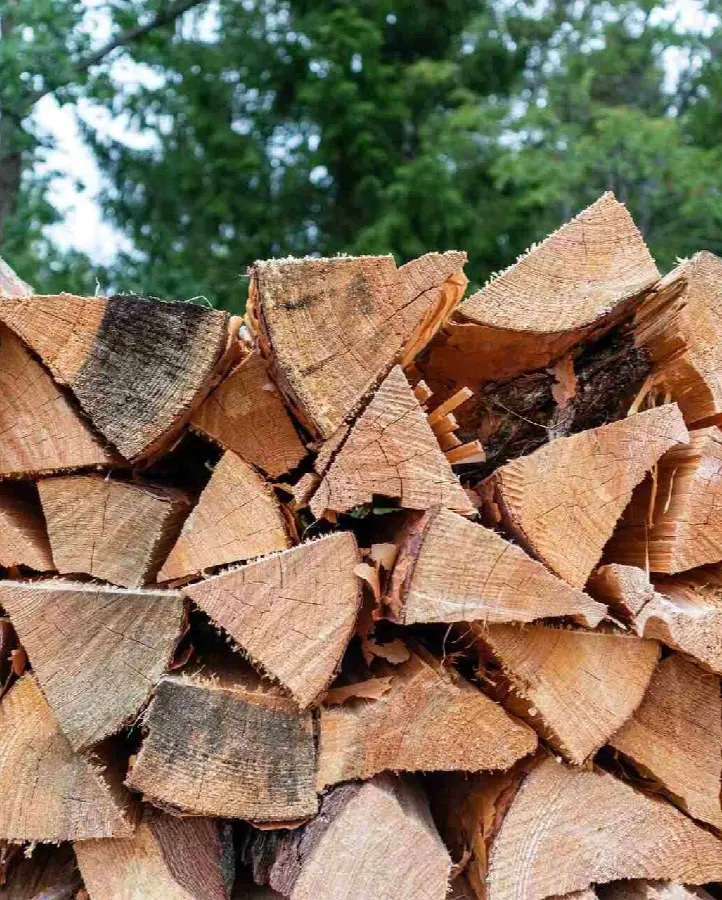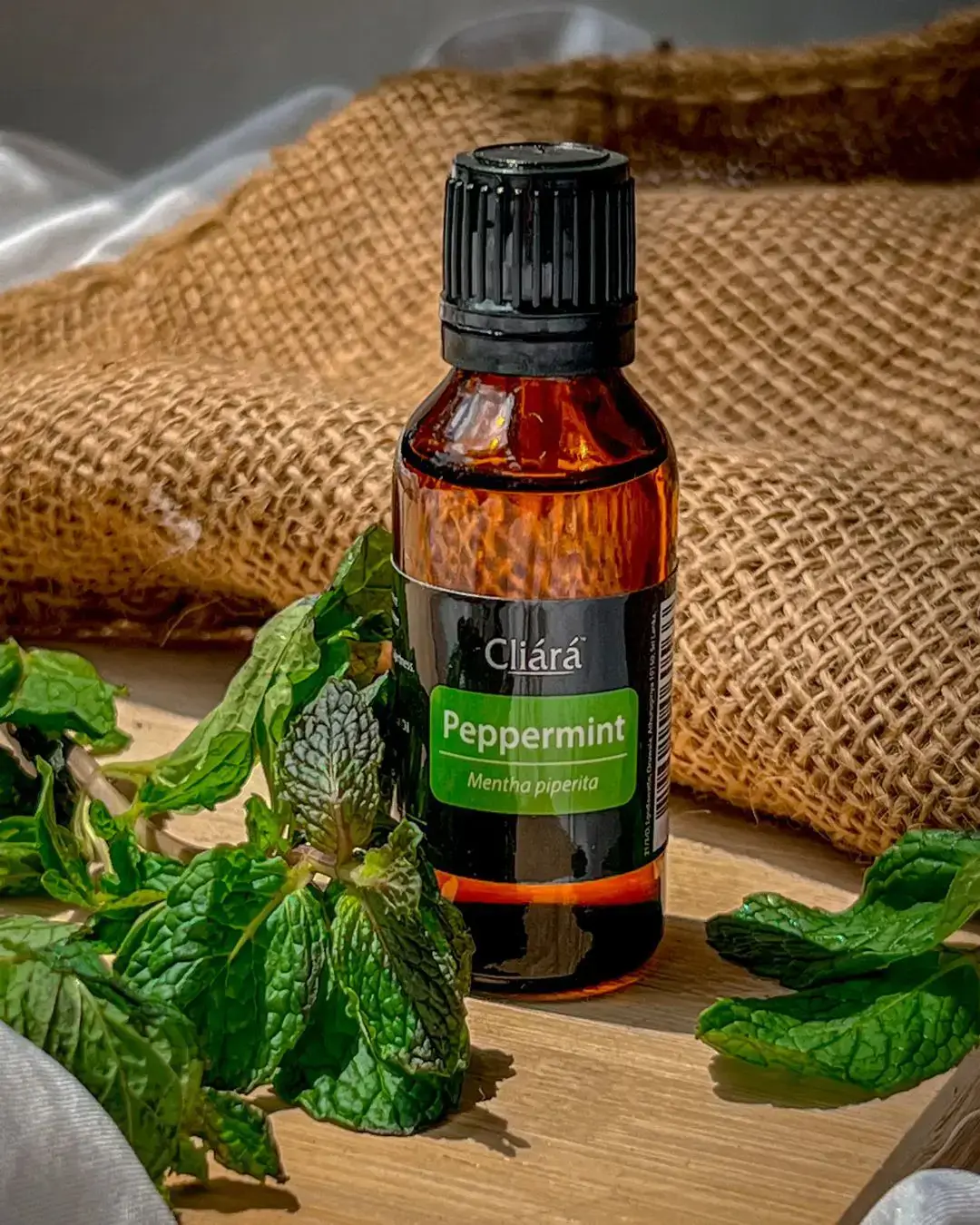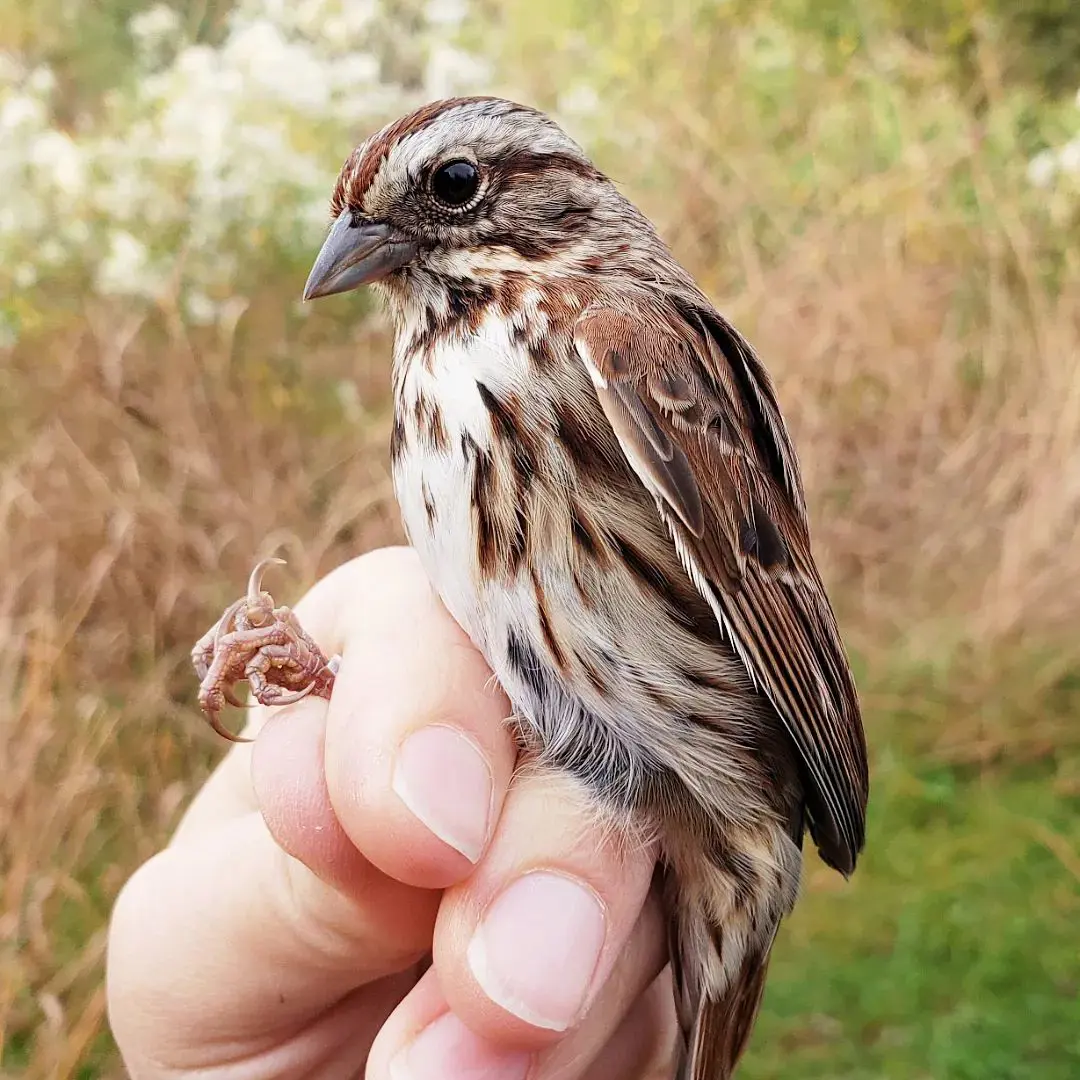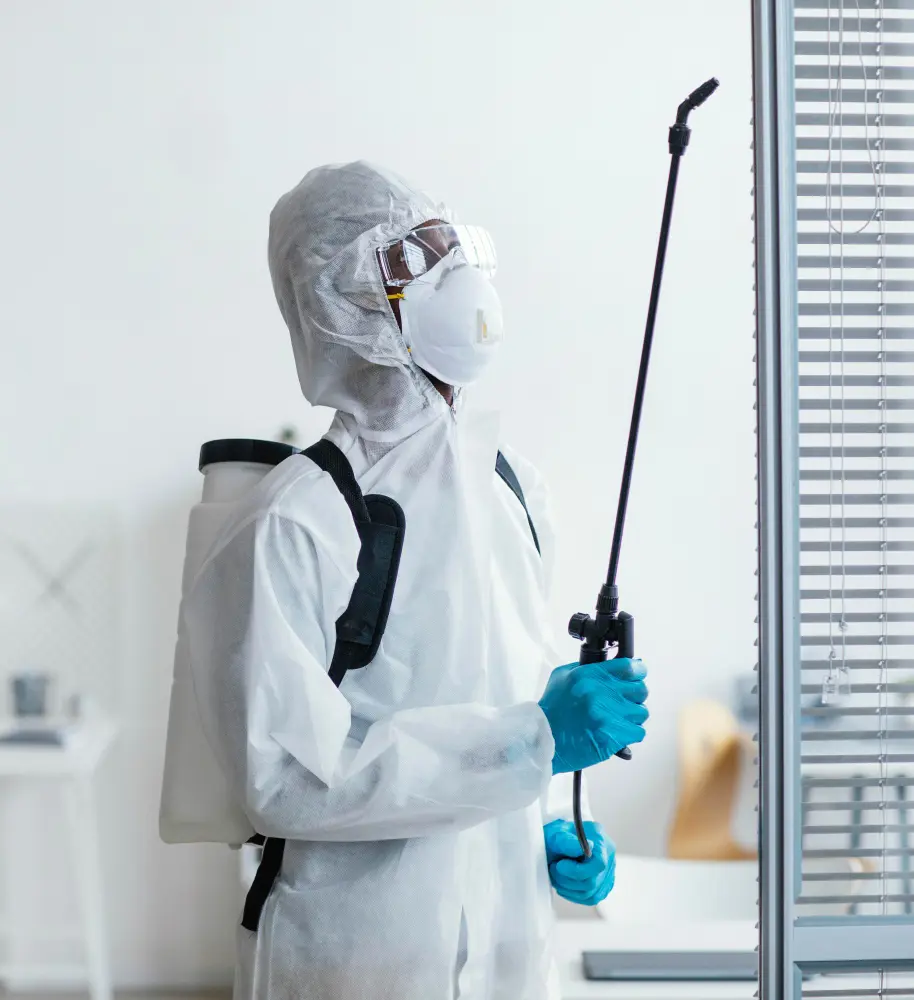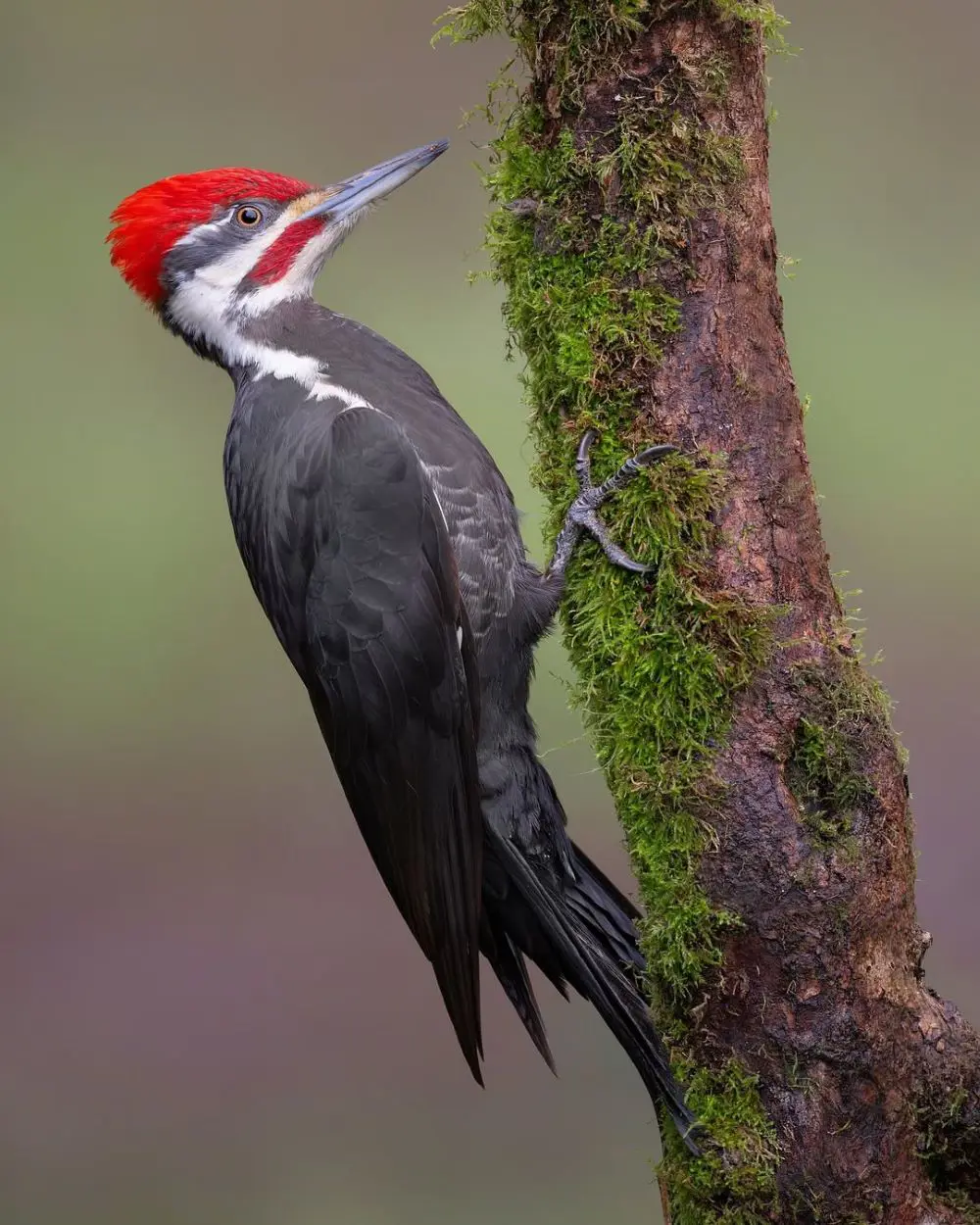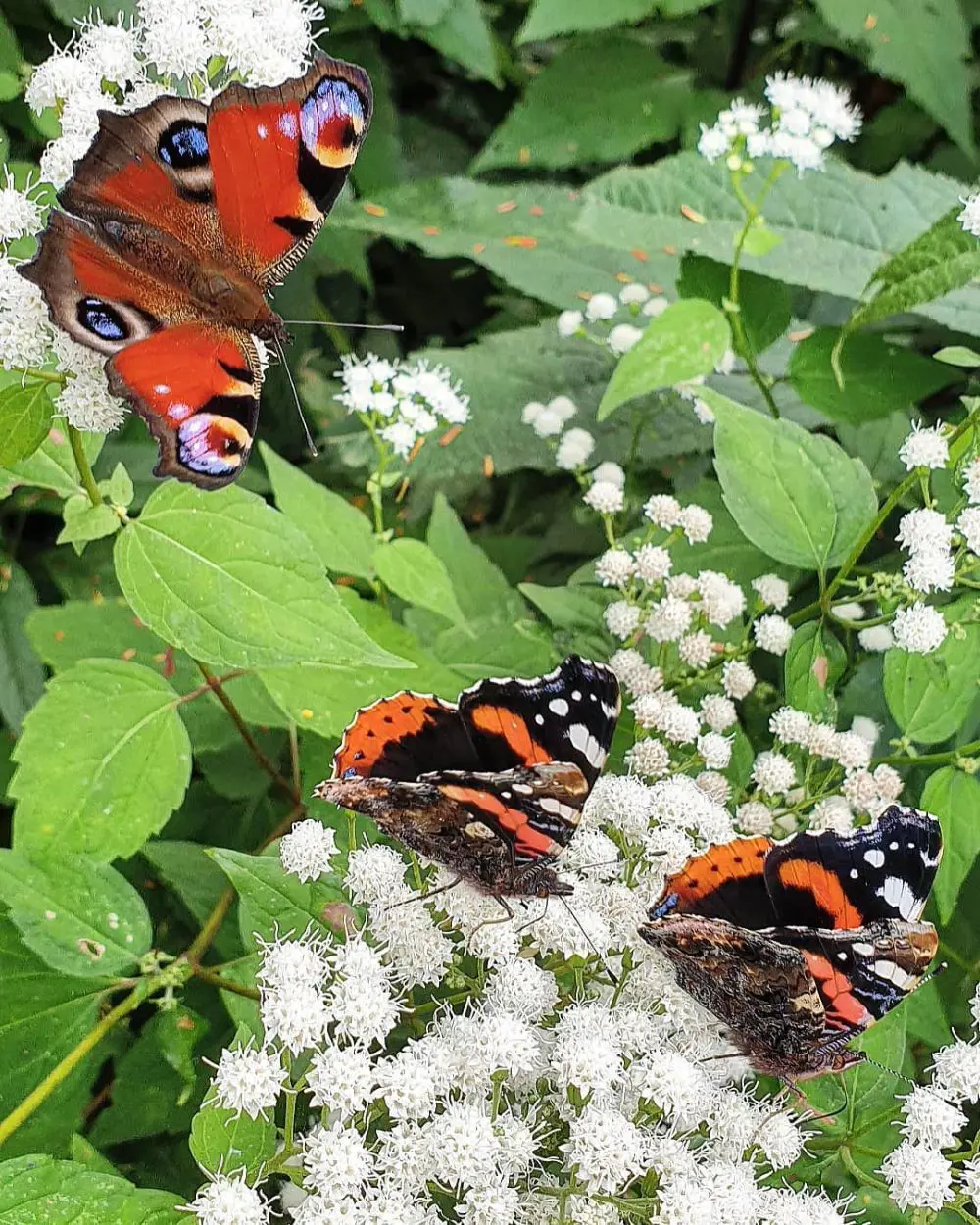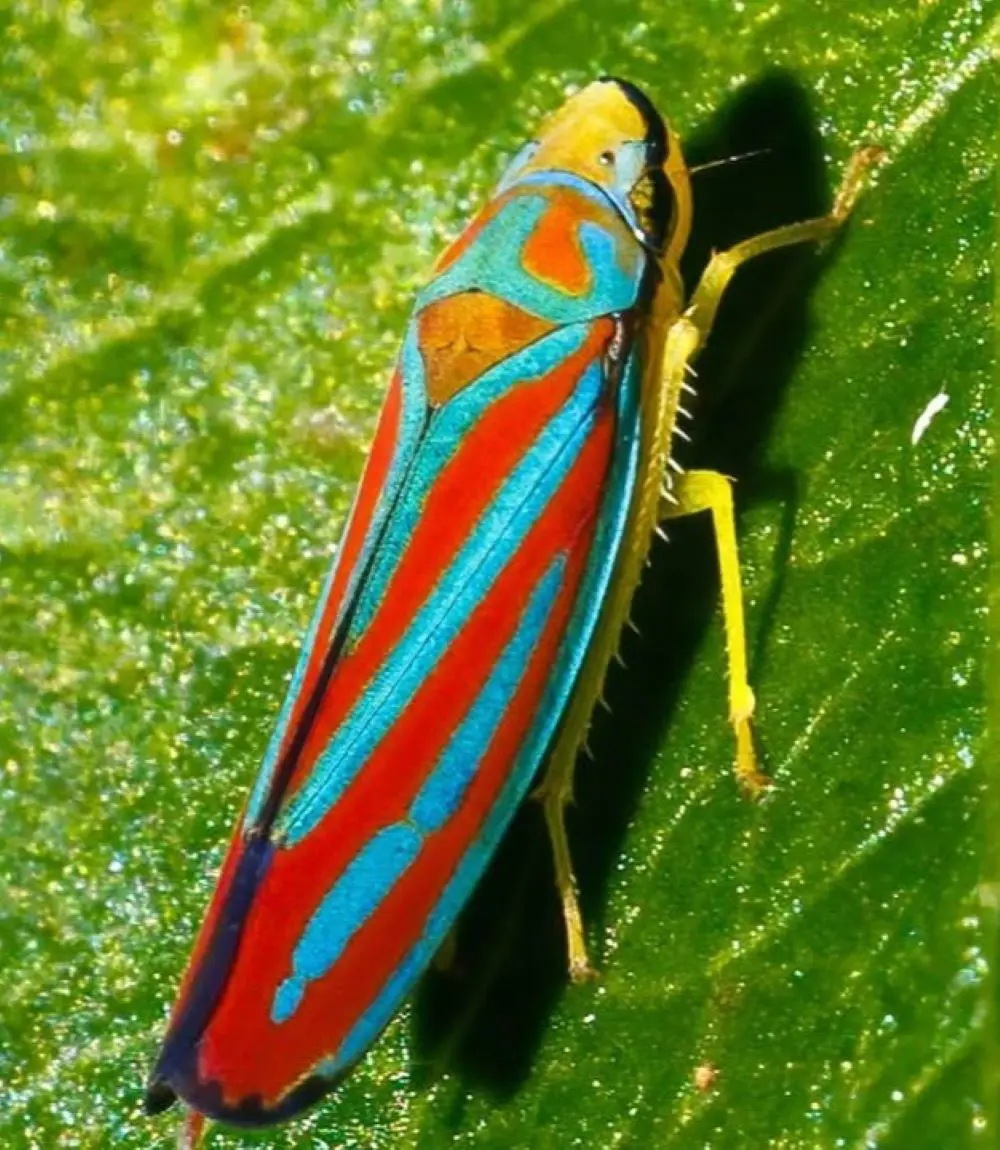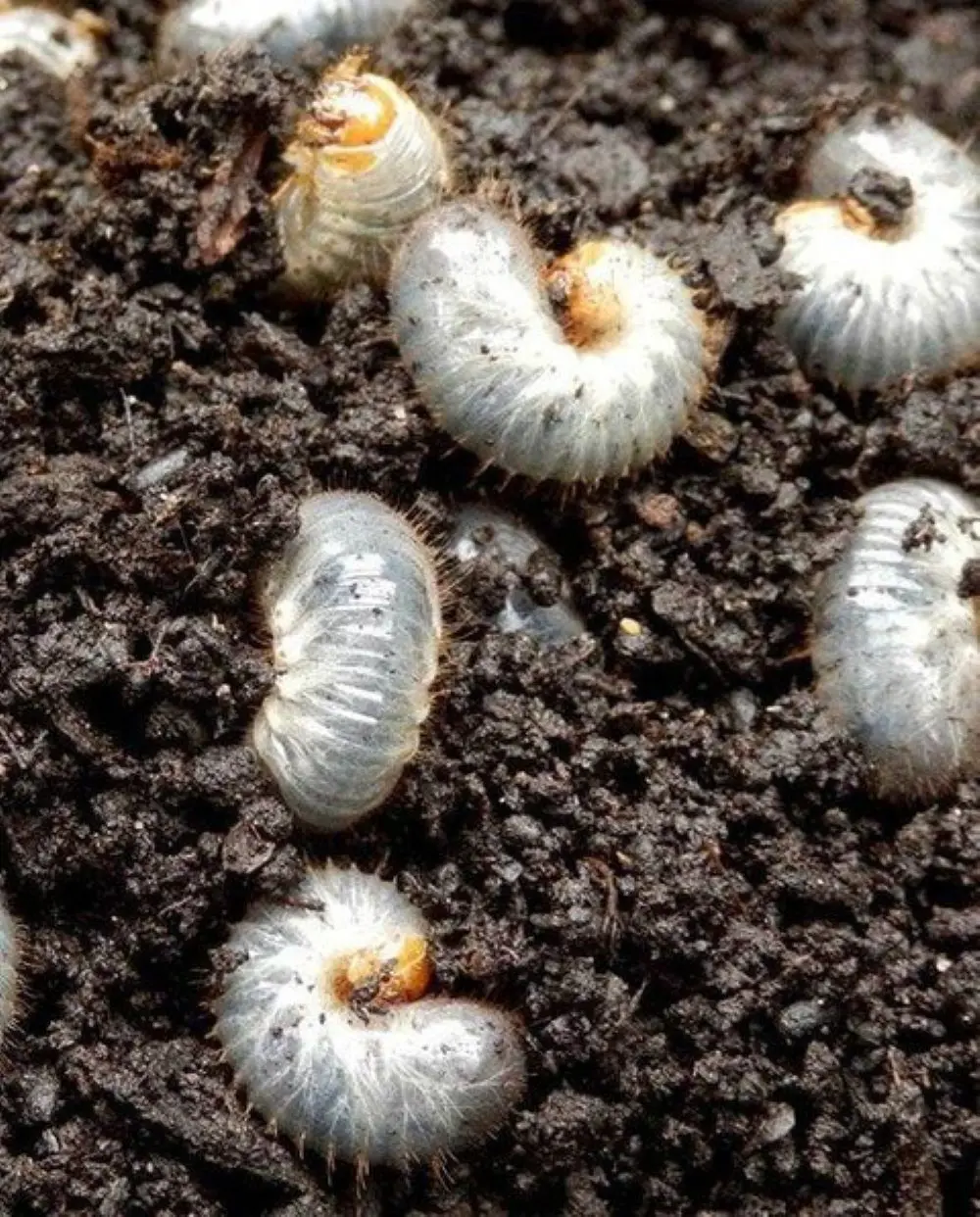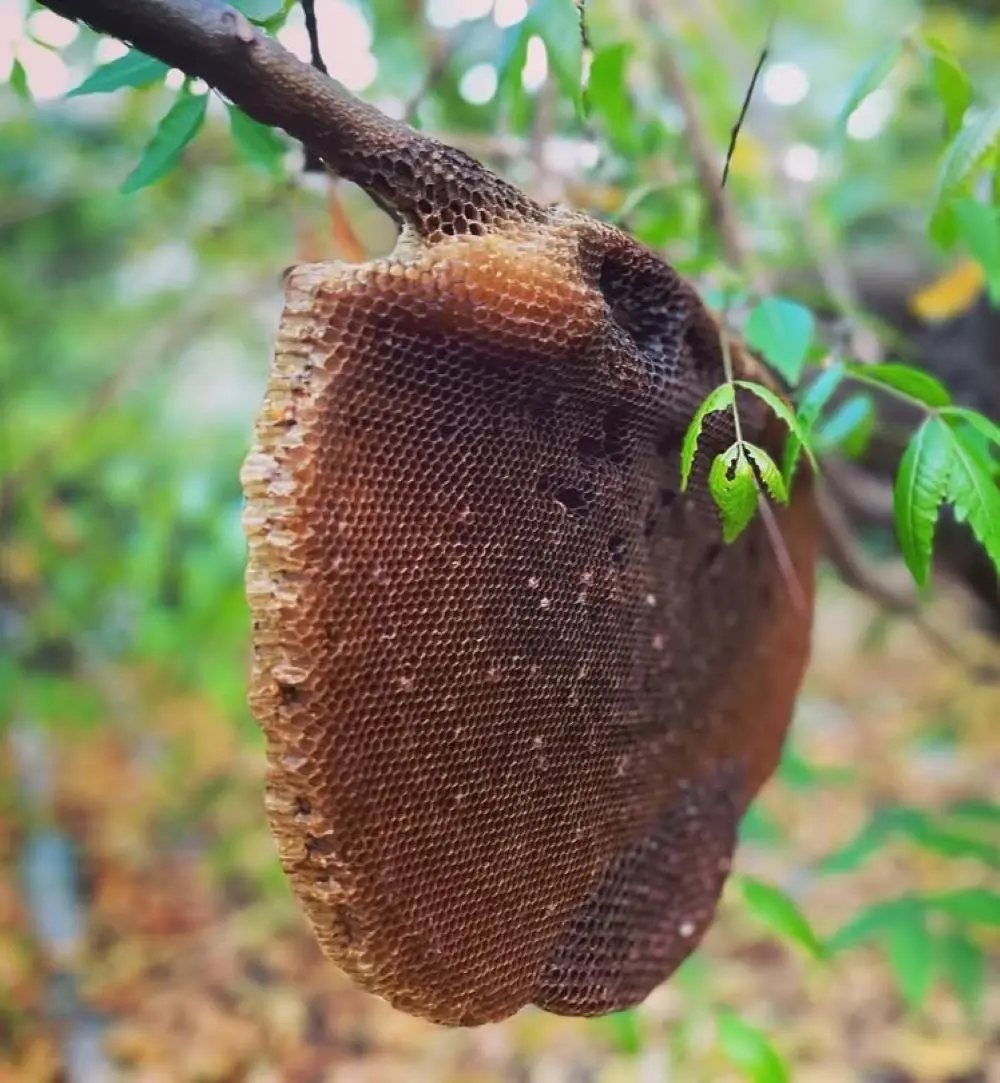1. Use Sticky Traps
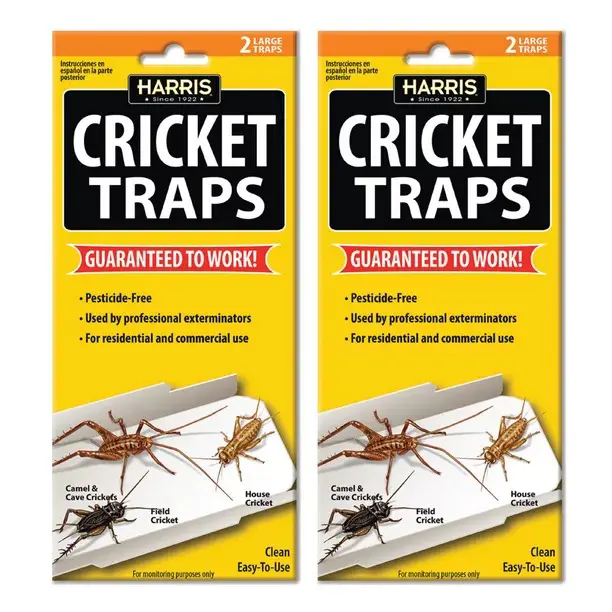
Sticky traps are coated with adhesive and capture crickets when they walk over them. Once the insects are stuck on these tapes, they cannot escape. Immobilizing the insects helps prevent further damage and control populations by preventing them from moving or reproducing.
You can place the traps where crickets are often seen - or heard but keep them away from pets and children as they are choking hazards.
Some may contain chemicals that could be harmful if ingested. While effective, sticky traps work best when combined with other methods like sealing entry points and reducing moisture. They might not eliminate all crickets alone, but they are effective in getting rid of crickets to a certain extent.


